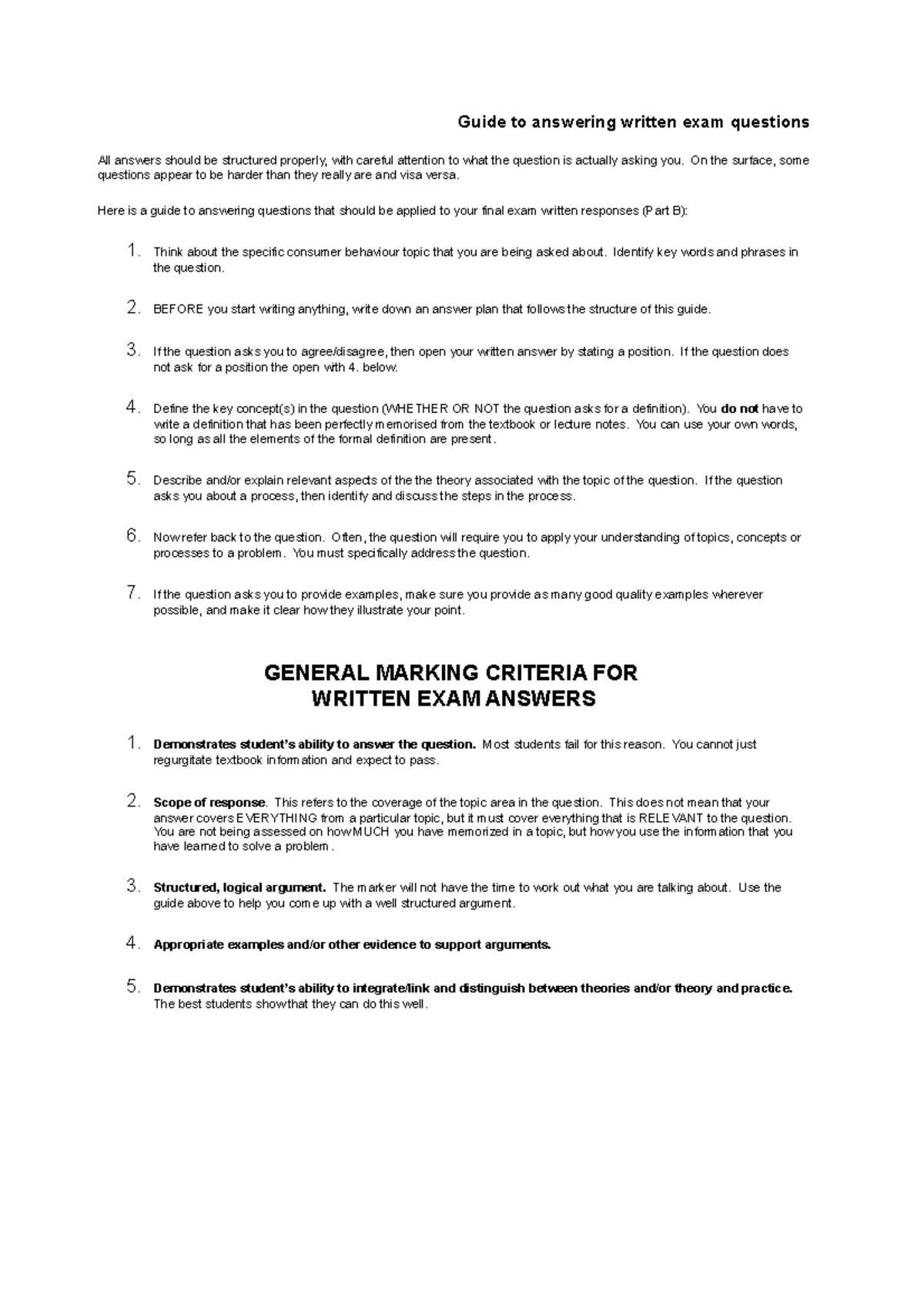
Approaching written assessments with clarity and strategy is essential for success. Proper preparation and understanding of what is required can significantly enhance your performance, ensuring that you effectively communicate your knowledge. Knowing how to structure your response, highlight critical ideas, and express them concisely can make a major difference in achieving high marks.
One of the key aspects of performing well lies in staying focused and organized. It’s not just about recalling facts but also about presenting them in a logical and coherent manner. With the right techniques, anyone can improve their ability to write clear, detailed, and accurate responses under pressure.
Mastering Written Responses in Assessments
Successfully addressing written challenges during assessments requires more than simply recalling memorized information. It involves presenting ideas clearly and logically, ensuring that every point made is relevant and well-structured. The ability to convey your understanding effectively is crucial in demonstrating your knowledge to the examiner.
Organize Your Thoughts Before Writing
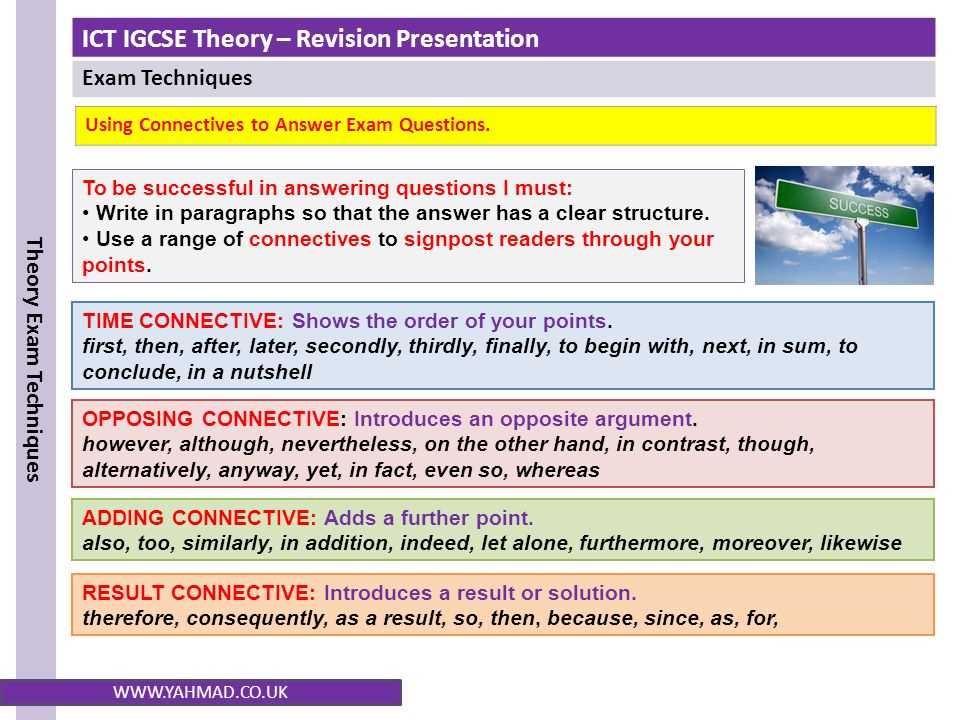
Before diving into your response, take a moment to plan. Jot down the key points you intend to cover, ensuring they align with the prompt’s requirements. This brief preparation can help you avoid unnecessary detours and stay focused on the most important aspects of your answer.
Ensure Clarity and Conciseness
When writing, make sure your ideas are expressed in a straightforward manner. Avoid overcomplicating your explanations. A concise and clear approach often proves more effective than an overly detailed or convoluted one, as it allows the examiner to easily follow your reasoning and understand your arguments.
Understand the Question Fully
Before you start writing, it is crucial to comprehend the prompt completely. Misunderstanding the task can lead to irrelevant answers that miss the key points. Carefully reading and analyzing the given statement will allow you to focus your thoughts and provide the most appropriate response.
- Read the prompt multiple times to ensure clarity.
- Highlight or underline important instructions or keywords.
- Identify the main topics or themes that need to be addressed.
- Break down complex instructions into simpler components.
Once you’ve identified the critical parts, think about what is being asked and how you can best organize your response. This initial step lays the foundation for a focused and structured reply.
Plan Your Response Before Writing
Taking a few moments to organize your thoughts before you begin can significantly improve the quality of your written work. A structured plan helps ensure that your response is coherent and covers all necessary points without drifting off-topic. Planning allows you to present your ideas logically and in the most efficient way.
Consider the key elements you need to include and prioritize them. Create an outline or mental map that guides your writing, making sure each part of your response is relevant to the prompt and supports your argument. This approach helps avoid wasting time and ensures that your answer flows smoothly from one point to the next.
- Identify the key points that must be addressed in your response.
- Group related ideas together to maintain logical progression.
- Consider time management to allocate the right amount of attention to each section.
- Be flexible to adapt your plan if new insights arise during writing.
Structure Your Response Clearly
Organizing your thoughts into a well-structured format is essential to ensuring clarity and coherence in your writing. A clear structure helps guide the reader through your ideas and arguments, making it easier to follow your reasoning and understand your points. A logical flow can also strengthen your response and demonstrate your understanding of the topic.
Use Clear Paragraphs and Sections
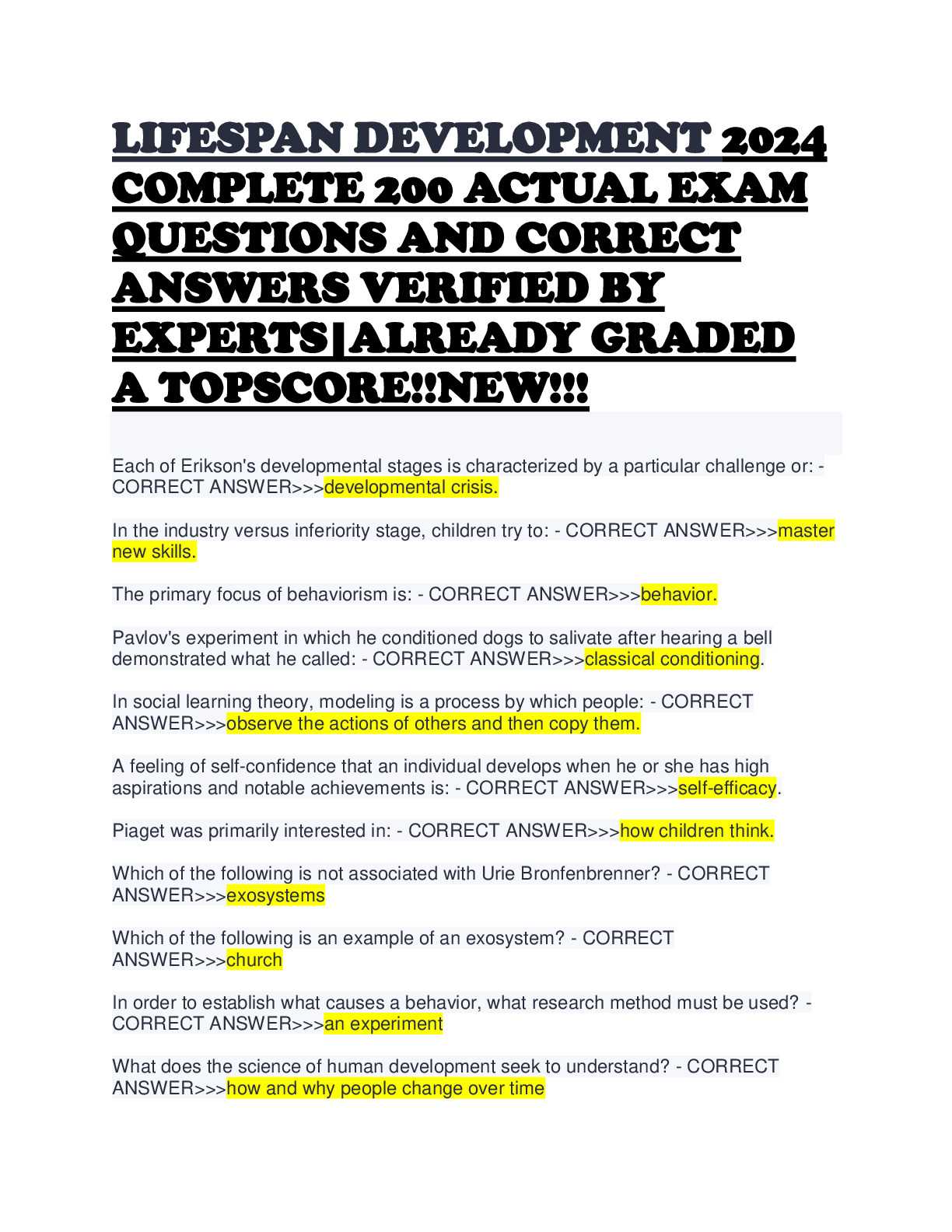
Begin by dividing your response into distinct sections, each focused on a specific aspect of the task. Each paragraph should cover one main idea or argument, making it easy for the reader to follow. Avoid long blocks of text, as they can overwhelm and confuse the reader.
Start with a Strong Introduction
Begin your response with a brief introduction that outlines your approach to the task. This will provide context for your argument and set the stage for the rest of your writing. A concise introduction helps the examiner know what to expect, improving the overall clarity of your work.
Use Relevant Examples to Support Your Points
Including specific examples in your response can greatly enhance the strength of your arguments. Examples provide concrete evidence that reinforces your points, making them more convincing and easier to understand. By relating abstract concepts to real-world situations, you can demonstrate a deeper understanding of the subject.
Choose Examples that Directly Relate to the Topic
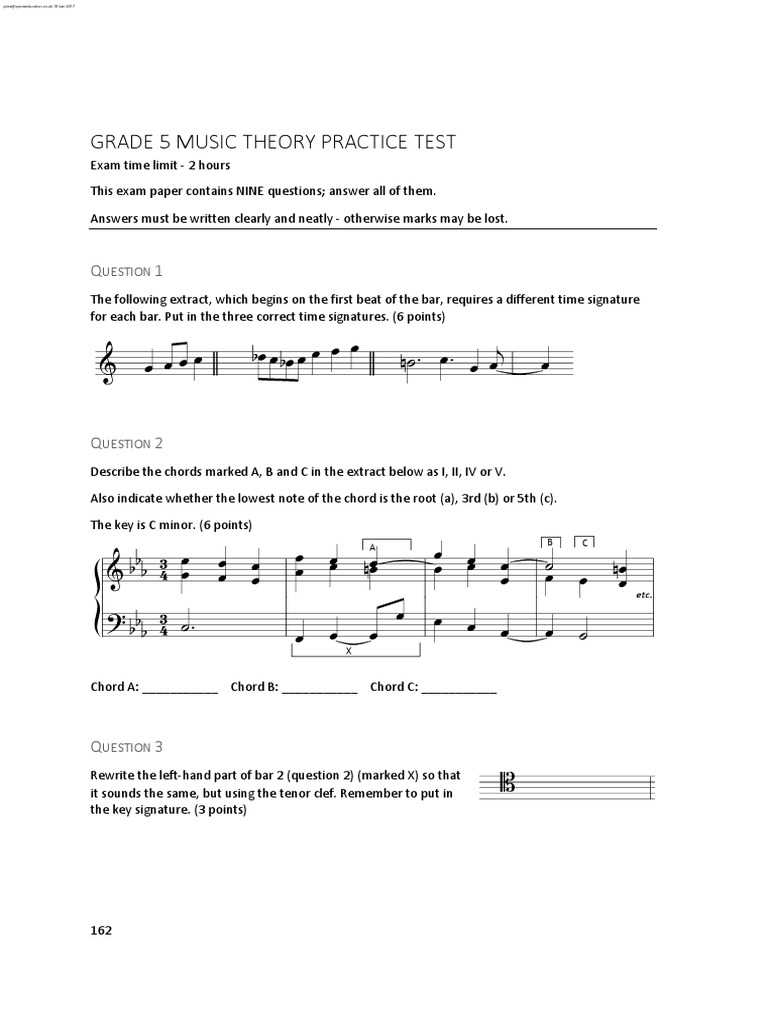
Make sure that the examples you use are closely connected to the task at hand. Irrelevant or off-topic examples can distract from your main points and weaken your argument. Focus on those that clearly support the ideas you’re presenting.
- Draw from academic knowledge, textbooks, or lectures.
- Use case studies, historical events, or real-life scenarios.
- Ensure the examples are clear and easy to explain within the context of your response.
Explain the Relevance of Each Example
Don’t just include examples for the sake of it. After providing an example, briefly explain how it supports the point you are making. This shows that you understand its significance and ensures that the reader sees the connection between the example and your argument.
Avoid Overcomplicating Your Answers
Simplicity is often the key to clarity. While it may seem tempting to provide lengthy or overly detailed responses, adding unnecessary complexity can make your ideas harder to follow. It’s important to stay focused on the core points and present them in a straightforward manner, ensuring that the examiner can easily understand your reasoning.
Instead of overwhelming the reader with excessive information, focus on delivering clear, concise explanations. Use simple language and structure your thoughts logically. This not only improves the readability of your response but also ensures that you’re addressing the question effectively without straying off-topic.
Be Concise and Focused
One of the most important skills in written assessments is the ability to communicate your points efficiently. Being concise means expressing your ideas clearly without unnecessary elaboration. Staying focused ensures that every part of your response is relevant and contributes directly to addressing the task at hand.
Avoid Unnecessary Details
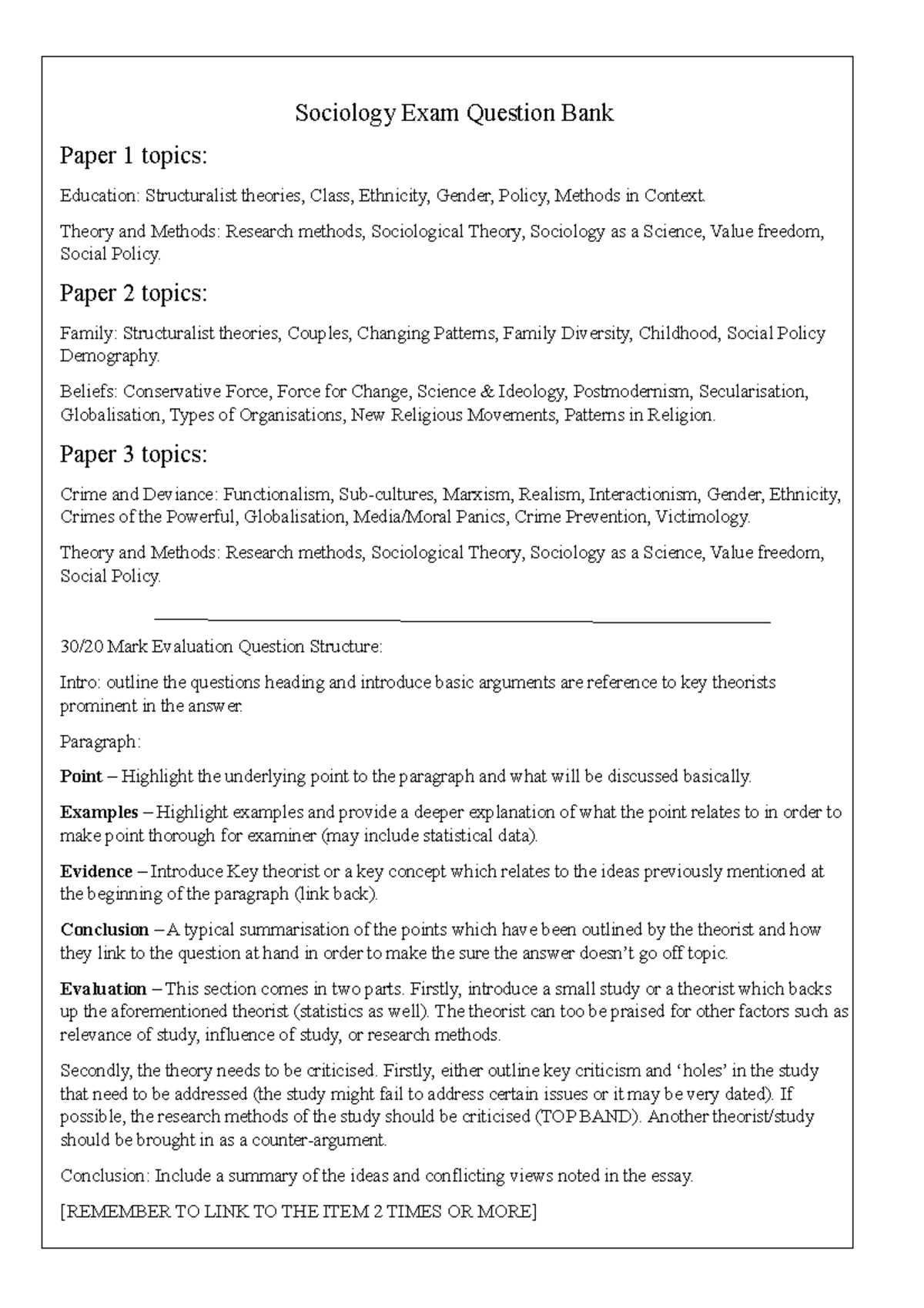
Only include information that directly supports your argument or explanation. Lengthy descriptions or off-topic details can distract from the main point and reduce the overall effectiveness of your response.
- Stick to the key concepts required by the prompt.
- Eliminate redundant explanations that don’t add value.
- Keep your sentences short and to the point.
Stay on Topic
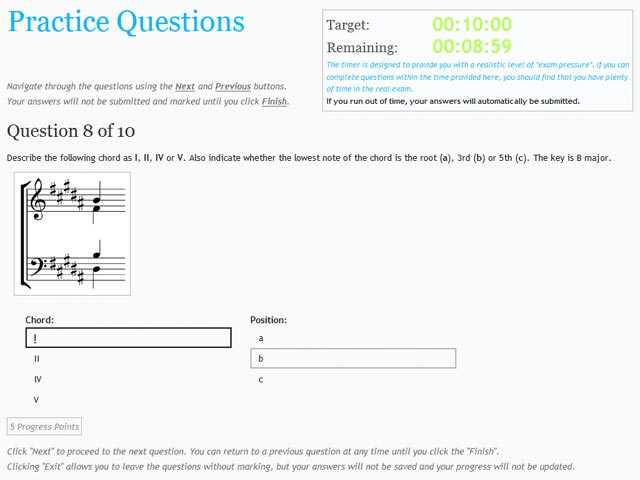
Focus on the task and avoid deviating into unrelated areas. Every sentence should contribute to your overall argument or explanation, ensuring that the response remains clear and purposeful.
Manage Your Time Wisely
Effective time management is crucial for success during any written assessment. Allocating sufficient time to each section ensures that you can provide thoughtful, well-structured responses without rushing through any part. Planning how long to spend on each task will help you stay focused and avoid spending too much time on a single point.
Prioritize Tasks Based on Difficulty

Before starting, quickly assess which sections may take more time or require more detailed responses. Focus on the more complex tasks first, ensuring that you address them with sufficient depth.
- Begin with the hardest or most time-consuming tasks.
- Leave easier sections for when you’re more familiar with the material.
- Always leave time to review your work.
Set Time Limits for Each Section
Setting specific time limits for each part of your response can help keep you on track. Make sure to stick to these limits, even if you feel like you haven’t finished a section. This approach ensures that you don’t run out of time for other sections.
- Divide the available time evenly among all sections.
- Use a watch or timer to keep track of time.
- If you finish early, use the remaining time for review.
Stay Calm Under Pressure
Staying composed in high-pressure situations can significantly improve the quality of your responses. When time is limited or the task seems overwhelming, maintaining a clear mind allows you to think logically and respond effectively. Panicking only leads to mistakes and wasted time, so it’s essential to remain focused and calm throughout the process.
Take Deep Breaths and Focus
If you begin to feel anxious, take a moment to pause and breathe deeply. This simple technique helps reduce stress and allows you to regain focus, enabling you to approach each section with clarity and purpose.
- Pause for a few seconds to collect your thoughts before starting each section.
- Break down the task into smaller, manageable parts.
- Stay present by focusing on one question at a time.
Trust in Your Preparation
Confidence in your knowledge and preparation can help ease anxiety. Trust that you have studied and are capable of handling the challenges in front of you. Remind yourself that you have the skills to succeed, and take each task step by step.
Practice with Past Exam Papers
One of the most effective ways to prepare for a written assessment is to practice with previous years’ papers. This technique familiarizes you with the format, style, and types of tasks you are likely to encounter. By simulating real conditions, you can improve your time management skills and boost your confidence.
Familiarize Yourself with Common Patterns
Past papers often highlight recurring themes or question structures. By reviewing these documents, you can identify patterns in the material, which helps you understand what to focus on during your revision.
| Year | Topic Focus | Common Question Types |
|---|---|---|
| 2023 | Environmental Science | Case Studies, Definitions |
| 2022 | Literature | Essay Prompts, Character Analysis |
| 2021 | History | Timelines, Source Interpretation |
Simulate Real Conditions
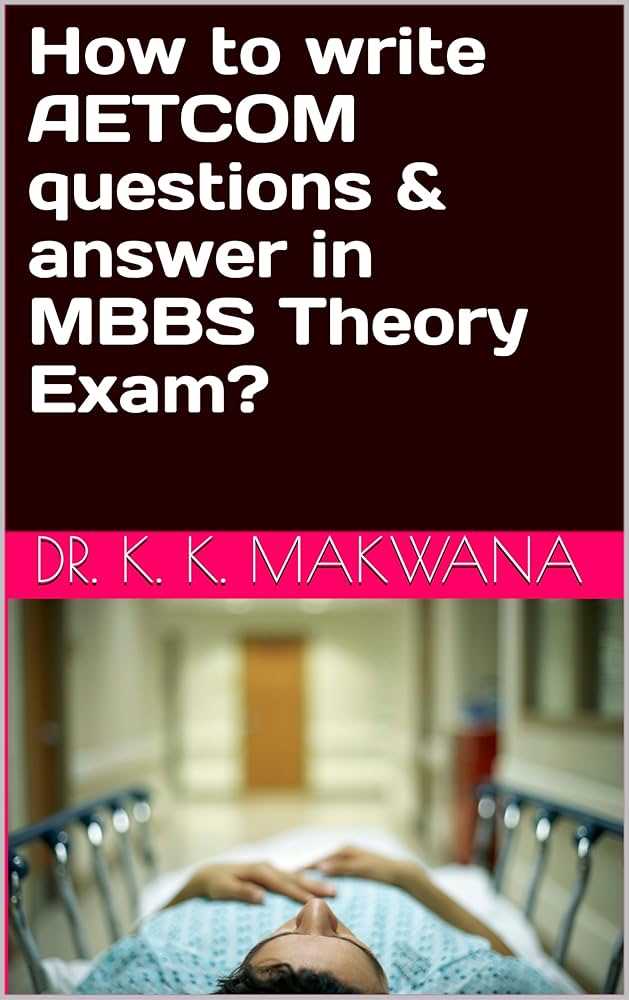
Set aside time to complete past papers under timed conditions, just as you would in the actual assessment. This will not only test your knowledge but also help you develop strategies for managing your time effectively.
Highlight Key Points in Your Response
Emphasizing the most important aspects of your response helps ensure that the examiner can quickly grasp your main ideas. By making these points stand out, you can guide the reader through your thought process and demonstrate a clear understanding of the task. This strategy is essential for structuring a focused and effective reply.
Use Clear and Precise Language
When highlighting key points, it’s crucial to use concise, direct language. Avoid unnecessary elaboration, and focus on presenting your main arguments or insights in a straightforward manner. This clarity allows your response to be both impactful and easy to follow.
- Be direct in presenting the main ideas without excessive detail.
- Use bullet points or lists to break down complex ideas.
- Focus on relevance to the topic at hand, leaving out any irrelevant information.
Structure Your Response for Clarity
Organize your ideas logically, and make sure each key point flows naturally to the next. Using headings or subheadings can help separate different aspects of your argument, making it easier for the reader to identify and understand the main themes in your response.
Use Proper Terminology and Language
Using the correct vocabulary and phrasing is essential for conveying your ideas clearly and professionally. Accurate terminology not only reflects your understanding of the subject but also helps ensure that your response is precise and credible. It demonstrates a mastery of the material and enhances the overall quality of your work.
Ensure that you are familiar with the key terms related to the subject matter and use them appropriately throughout your response. This demonstrates that you have a deep understanding and can apply the concepts correctly. Avoid vague language and be specific in your explanations to make your arguments more convincing.
- Use specific terms that are relevant to the topic to show a detailed understanding.
- Be consistent with terminology to avoid confusion.
- Clarify definitions when needed, especially for complex terms.
Avoid Repetition in Your Responses
Repeating the same ideas or phrases can make your response feel redundant and reduce its impact. Instead, strive for variety in your language and structure, while staying focused on the main points. This not only keeps your response engaging but also demonstrates a higher level of critical thinking and organization.
By presenting your ideas clearly and with sufficient detail, you can avoid unnecessary repetition. Each point you make should be unique, adding value to your argument without rephrasing the same information over and over again.
| Repetitive Statement | Improved Version |
|---|---|
| In conclusion, it is clear that… | The evidence strongly indicates that… |
| This is important because… | Understanding this concept is crucial as it directly impacts… |
| Additionally, it is worth noting that… | Furthermore, one must consider… |
By using varied sentence structures and expressions, you can present your arguments in a more compelling and efficient manner, ensuring that each point serves its unique purpose in the overall response.
Double-Check for Mistakes
Reviewing your work before submission is essential to ensure accuracy and clarity. Even a well-structured response can lose its effectiveness if there are minor errors or misunderstandings. Taking the time to carefully examine your response can help catch mistakes and improve the overall quality of your work.
Focus on Common Errors
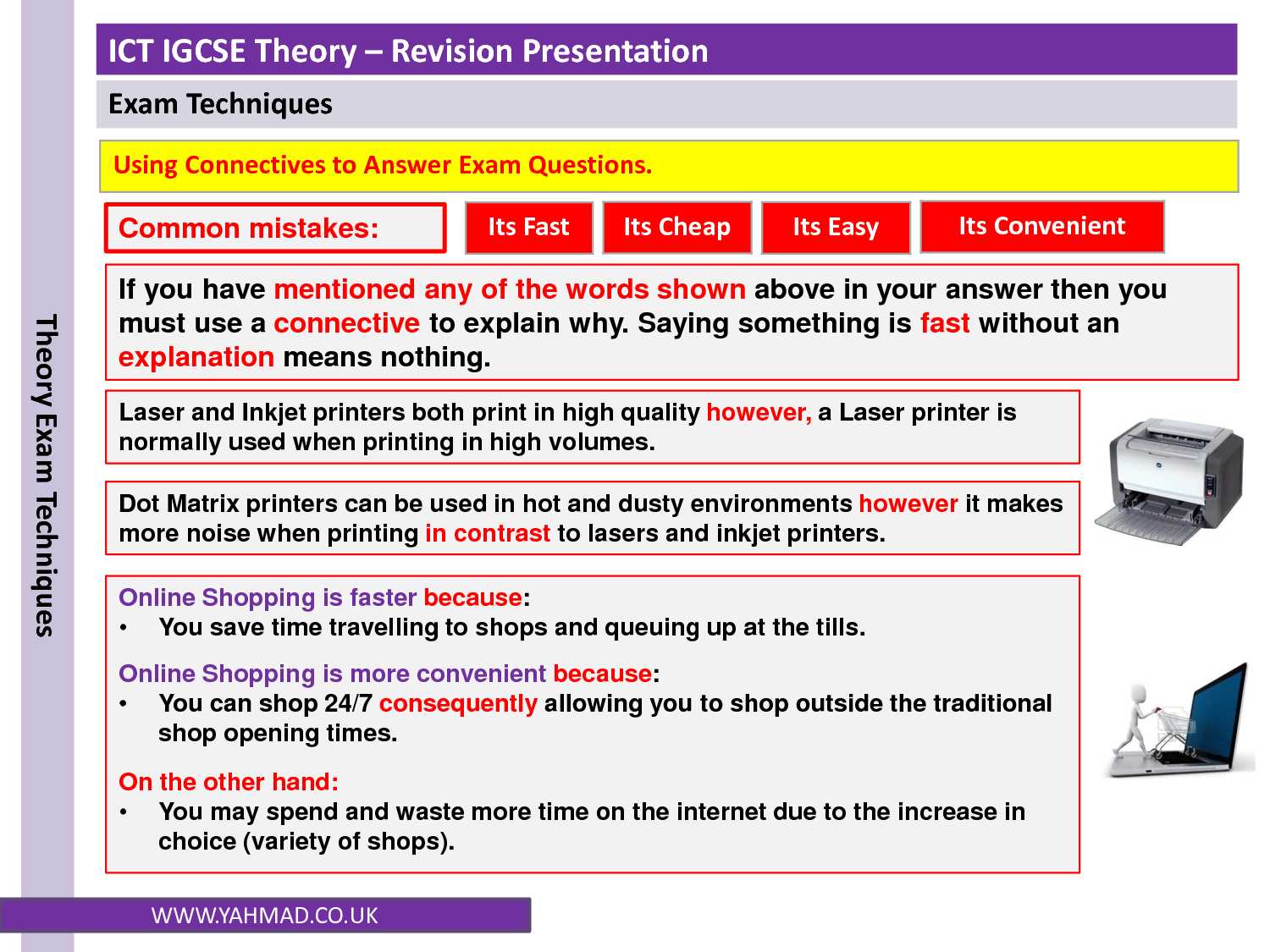
While reviewing, pay attention to frequent mistakes that often occur, such as grammatical errors, incorrect spellings, or misused terms. These may seem small but can significantly affect the credibility of your response. Make sure each sentence is clear and free from unnecessary complexity.
- Check for spelling errors to ensure professionalism and readability.
- Ensure subject-verb agreement for grammatical accuracy.
- Verify that key terms are used correctly throughout.
Take Time for a Final Read-Through
After completing your response, leave some time for a final review. Read through your work slowly and critically, as if you were the reader. This will help you spot any overlooked mistakes or areas that could be improved. Don’t rush through this step; a fresh perspective can reveal errors that may have been missed earlier.
Write Neatly and Legibly
Clarity in presentation plays a significant role in how your response is understood. Even if your ideas are strong, they can be easily misunderstood if the handwriting is messy or hard to read. Ensuring your writing is neat and legible allows the reader to follow your thoughts without any confusion or effort.
Taking the time to write clearly can make a major difference, especially when dealing with complex topics. Neat writing demonstrates that you are organized and committed to presenting your ideas in the best possible way. A tidy response shows professionalism and respect for the person reading it.
| Poor Handwriting | Clear Handwriting |
|---|---|
| Illegible letters or words | Well-formed, easy-to-read letters |
| Crowded text with no spacing | Proper spacing between words and lines |
| Sloppy strokes and unclear punctuation | Consistent letter height and correct punctuation |
Make sure each word is distinct and clearly separated from others. Use appropriate spacing between sentences and paragraphs to improve readability. Your effort to write legibly reflects your ability to communicate effectively, ensuring that your ideas are fully understood.
Stay Relevant to the Topic

When crafting a response, it is essential to maintain focus on the core subject. Diverging from the main idea can lead to confusion and diminish the quality of your work. Every point made should be directly tied to the topic at hand to ensure clarity and coherence throughout your response.
By staying on track, you show your ability to address the specific prompt effectively. Irrelevant details or off-topic tangents not only waste valuable time but can also give the impression that you are unsure of the subject matter. Thus, keeping your thoughts streamlined and aligned with the question is crucial for a well-rounded response.
Tips to Stay Focused:
- Read the prompt carefully before you start writing.
- Outline the key points that are directly related to the topic.
- Avoid adding unnecessary information that does not enhance the understanding of the subject.
- Keep referring back to the original question to ensure you are answering it accurately.
By adhering to these guidelines, you can ensure that your content remains both relevant and compelling, making it easier for the reader to follow and understand your perspective on the topic.